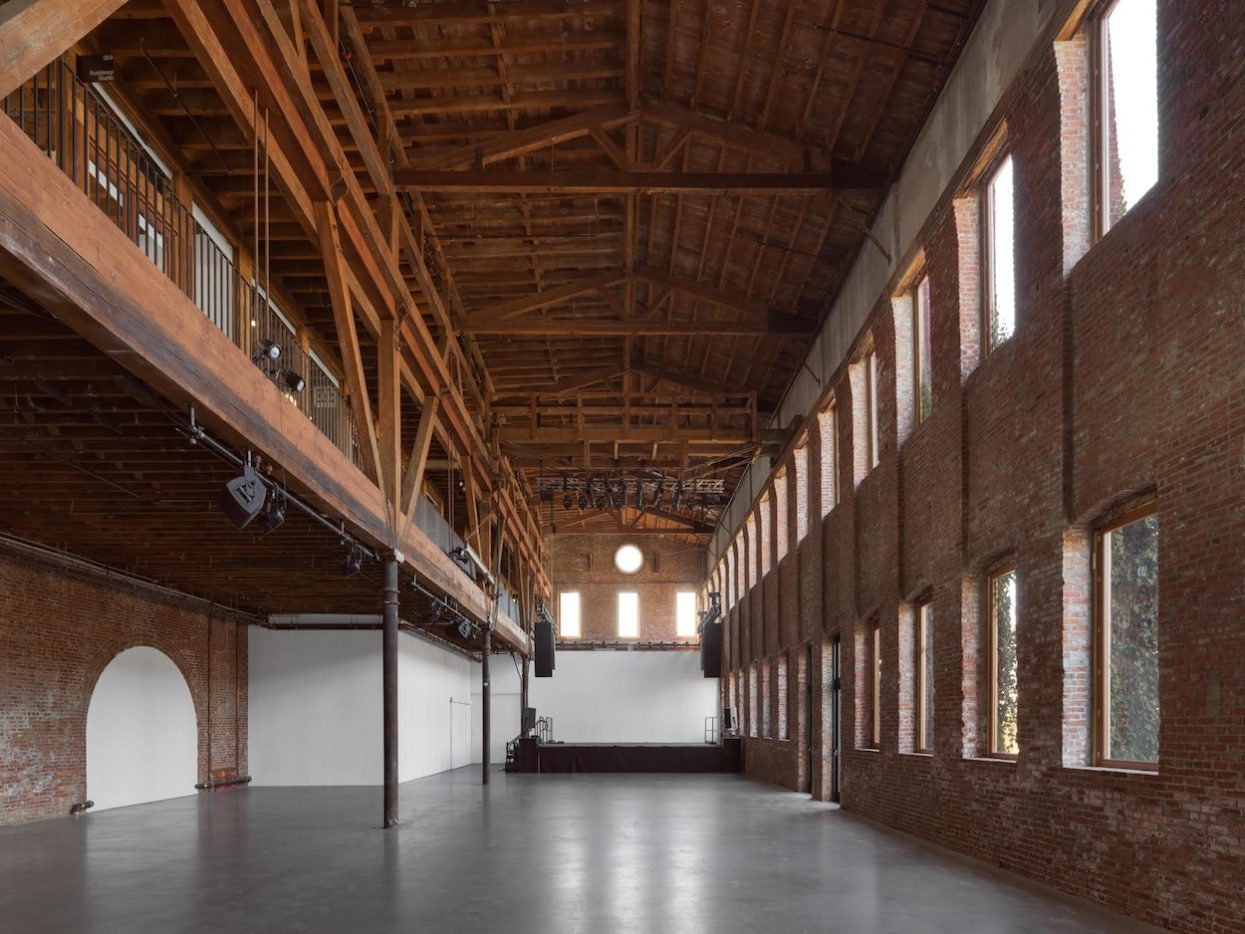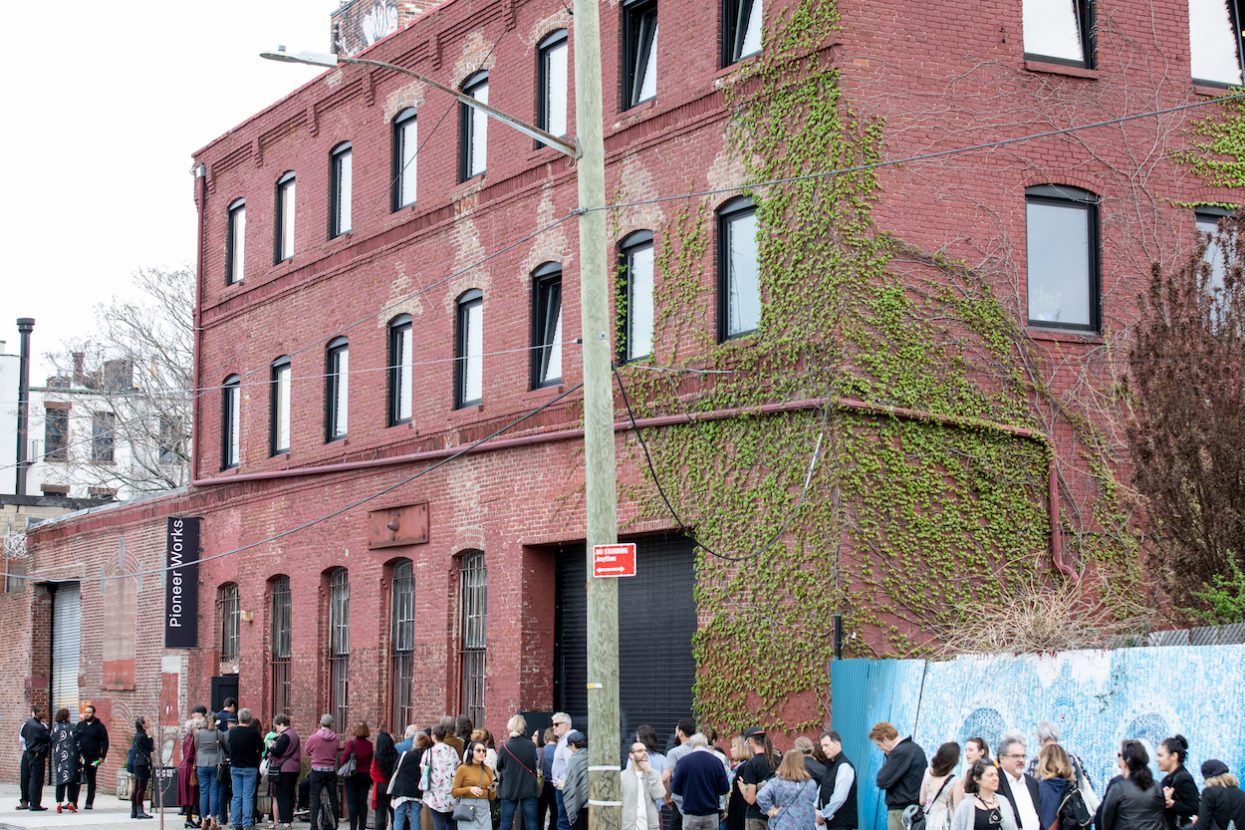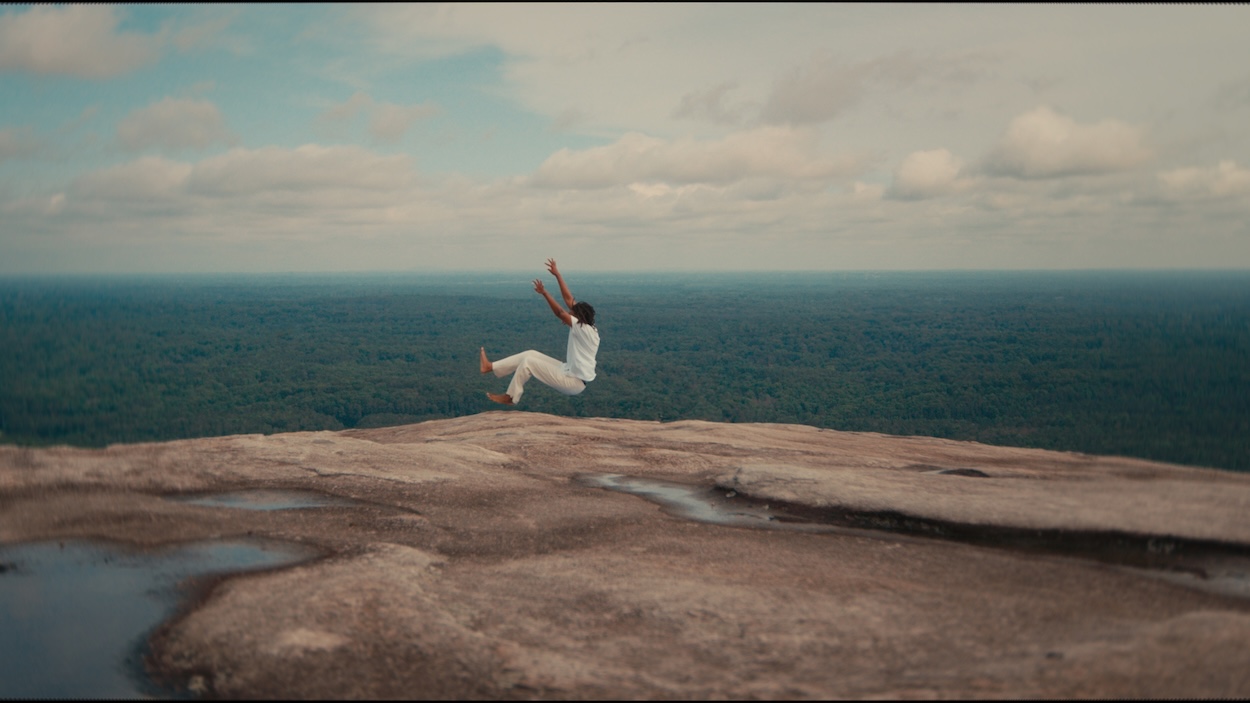It may seem surprising that despite trying for a century and a half, New York City has never built an astronomical observatory. But one will soon sit atop Pioneer Works, the freewheeling cultural nonprofit that, since opening in 2012, has become one of Brooklyn’s most crucial hotbeds for exploring how art, performance, community, and science intersect. Plans for an observatory form a key part of a multi-phase project to upgrade the institution’s 19th-century building—a former ironworks factory that sits near the piers in Red Hook—into a state-of-the-art cultural complex that founder Dustin Yellin has envisioned as a “living organism.” So far, the $30 million campaign has involved making the 20,000-square-foot warehouse totally ADA accessible, building out two mezzanines, and installing air conditioning so the nonprofit can operate in the sweltering summer heat.
Visitors can experience those updates firsthand when Pioneer Works officially reopens on September 6 following months of renovations. The building’s spirit remains, but with a more fluid experience. “We’ve always envisioned our building as a museum of process, where presentation and production are intricately connected,” Gabriel Florenz, the nonprofit’s artistic director, tells Surface. Second- and third-floor buildouts accommodate artists in residence and production facilities like a media lab and design studios. They’re accessed via a new elevator and balconies overlooking the main hall, where exhibitions and performances dramatically unfold. “These elevated positions contribute to a different kind of engagement,” Florenz says, likening them to “mini-stages” that add layers to a performance. “Imagine watching a concert and suddenly, a trumpet player materializes on a balcony behind you, changing your perspective of the audience to performer.”
Renovations also entailed building a stairwell from the courtyard garden to the roof deck, where the observatory will be. While its high elevation guarantees to lure Instagrammers with promontory-like views of the Manhattan skyline, the real draw will be a different type of lens—a 16-foot-long restored antique telescope meticulously constructed in the 1890s, the peak of its manufacturing. “The telescope is an enthusiast’s delight: a phenomenal, historic, museum-quality artifact,” Janna Levin, Pioneer Works’ director of science, writes for Broadcast, its magazine. (In anticipation of its opening, the publication tapped telescope enthusiast Trudy E. Bell to pen a wondrously informative piece on the city’s observatories that never were.) When it opens, it will be free and fully accessible to all New Yorkers.
“The vision of the observatory has been a beacon we’ve looked to for years while building this whole world below,” Florenz says. “It feels fundamental for us to physicalize this idea that science is part of culture, to how we want our environment to not only engage and present ideas in the sciences but to really connect people to be more aware of science as an intrinsic part of our experience in this world.”
That said, the observatory isn’t quite ready yet—work still remains on fortifying the roof—but there’s still reason to visit next month. Don’t miss never-before-seen works by Alejandro García Contreras, whose expressive archaeology-inspired ceramics cross-pollinate eroticism and the occult with pop culture and art history. A solo show from the poet and image-maker Le’Andra LeSeur plumbs how monuments commemorating racist legacies have impacted the Black psyche. Later in the month, rule-breaking performer Narcisisster will stage her first large-scale work in a decade that promises lo-fi magic tricks, indoor pyrotechnics, and an assortment of physical feats.
Pioneer Works is located at 159 Pioneer St, Brooklyn.




